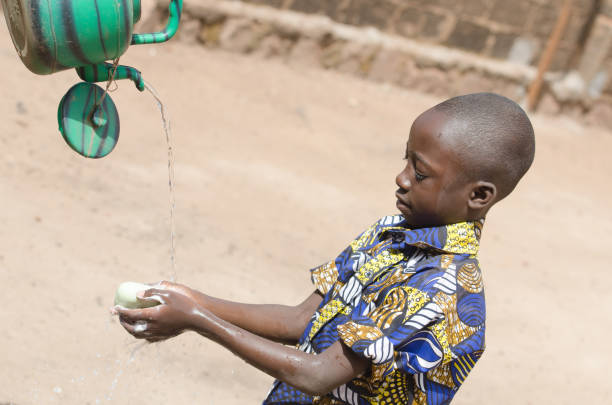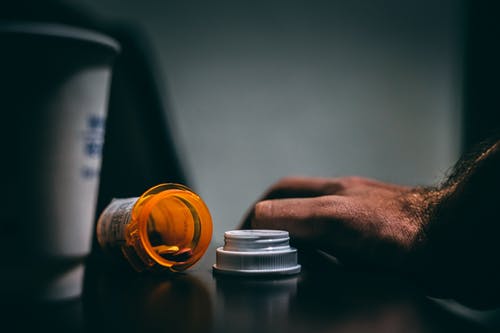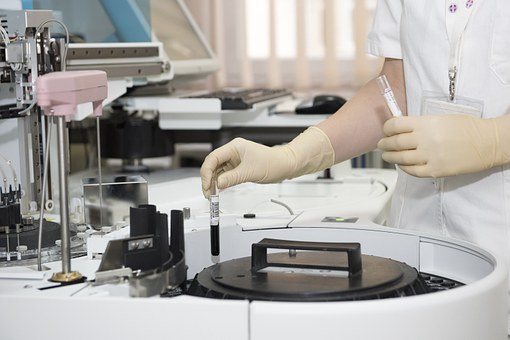Traditional medicine in Mali is an integral part of the country’s culture and healthcare system. The origins of traditional Mali medicine dates back to pre-colonial times, when traditional healers used natural remedies, herbs, and plants to cure illnesses. In more recent times, traditional medicine has become even more popular as people search for alternative ways to heal and manage chronic illnesses. In this article, we take a close look at the traditional medicine practiced in Mali.
Traditional healers, known as grigris, are the most common practitioners of traditional medicine in Mali. Grigris use a combination of herbs and plants that have medicinal properties, as well as spiritual beliefs and rituals, to treat illnesses. Grigris believe in the power of nature and harness this power to heal. In addition to herbs and plants, grigris often use charms, ritual ceremonies, and prayers as part of their treatments. Traditionally, grigris treat many different kinds of illnesses, from physical ailments to psychological and spiritual issues.

Though traditional medicine is deeply embedded in Mali culture, modern healthcare is also readily available. In fact, many grigris supplement their practice with modern medicine. Most Malian doctors understand the importance of traditional medicine in Mali and embrace it as part of holistic care. In some cases, modern medicine is used to supplement traditional medicine, whereas in other cases, traditional medicine is used in place of modern healthcare.
Traditional healers are seen as guardians of Mali culture, and they are highly respected. Grigris often play an important role in the local community, providing advice and support to patients in addition to treating illnesses. Though their treatments may not be as “scientific” as modern medical treatments, grigris are skilled practitioners who use ancient remedies to provide care. In recent years, grigris have become even more popular as more people seek alternative treatments for chronic illnesses.
Traditional medicine in Mali is an important part of the country’s culture and healthcare system. Grigris are highly respected healers who use herbs, plants, and spiritual rituals to treat a variety of illnesses. Though modern healthcare is readily available, traditional medicine is often used in addition to modern medicine, or in place of it. The use of traditional medicine in Mali is a testament to the long and rich history of the country.








